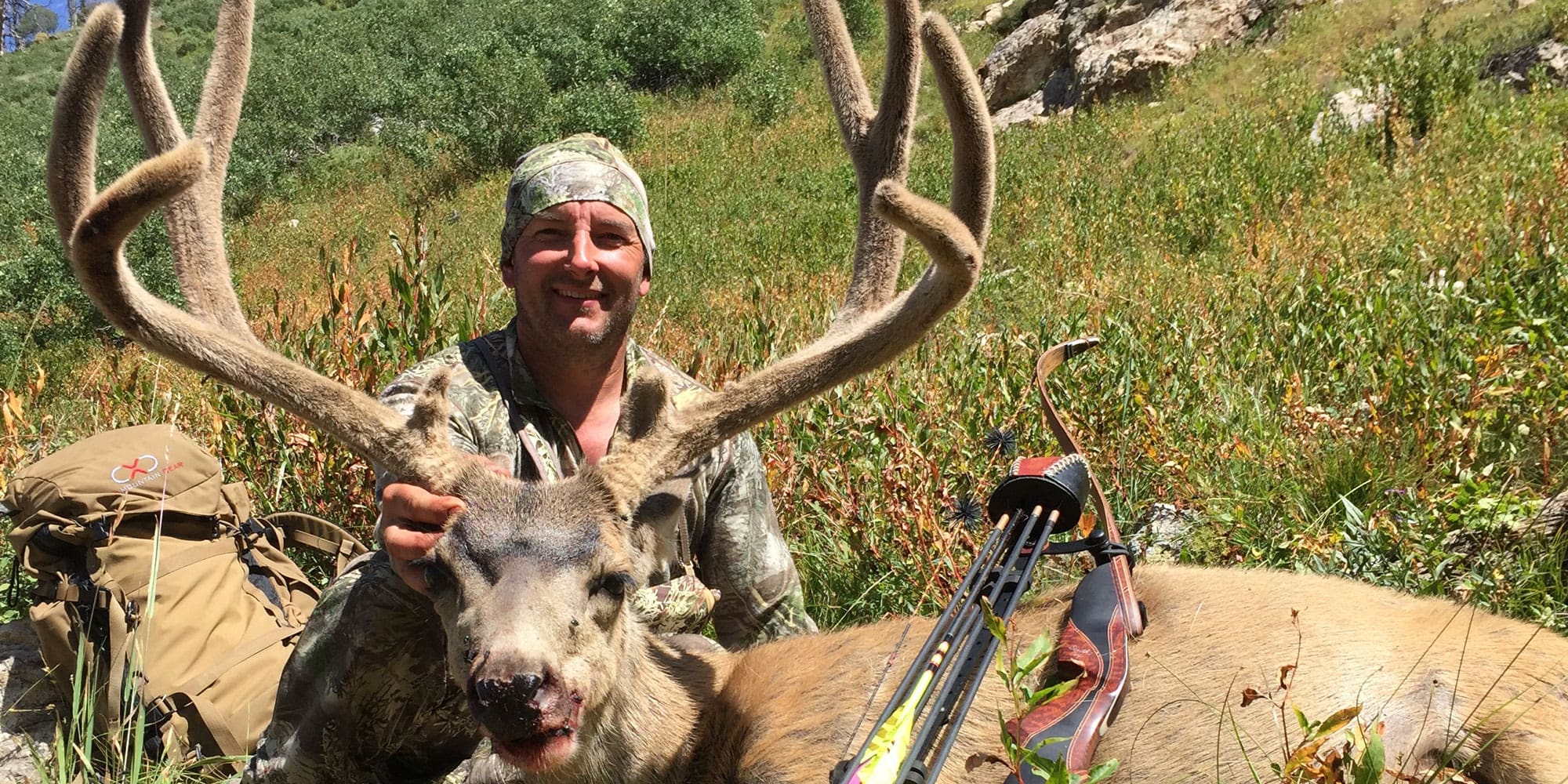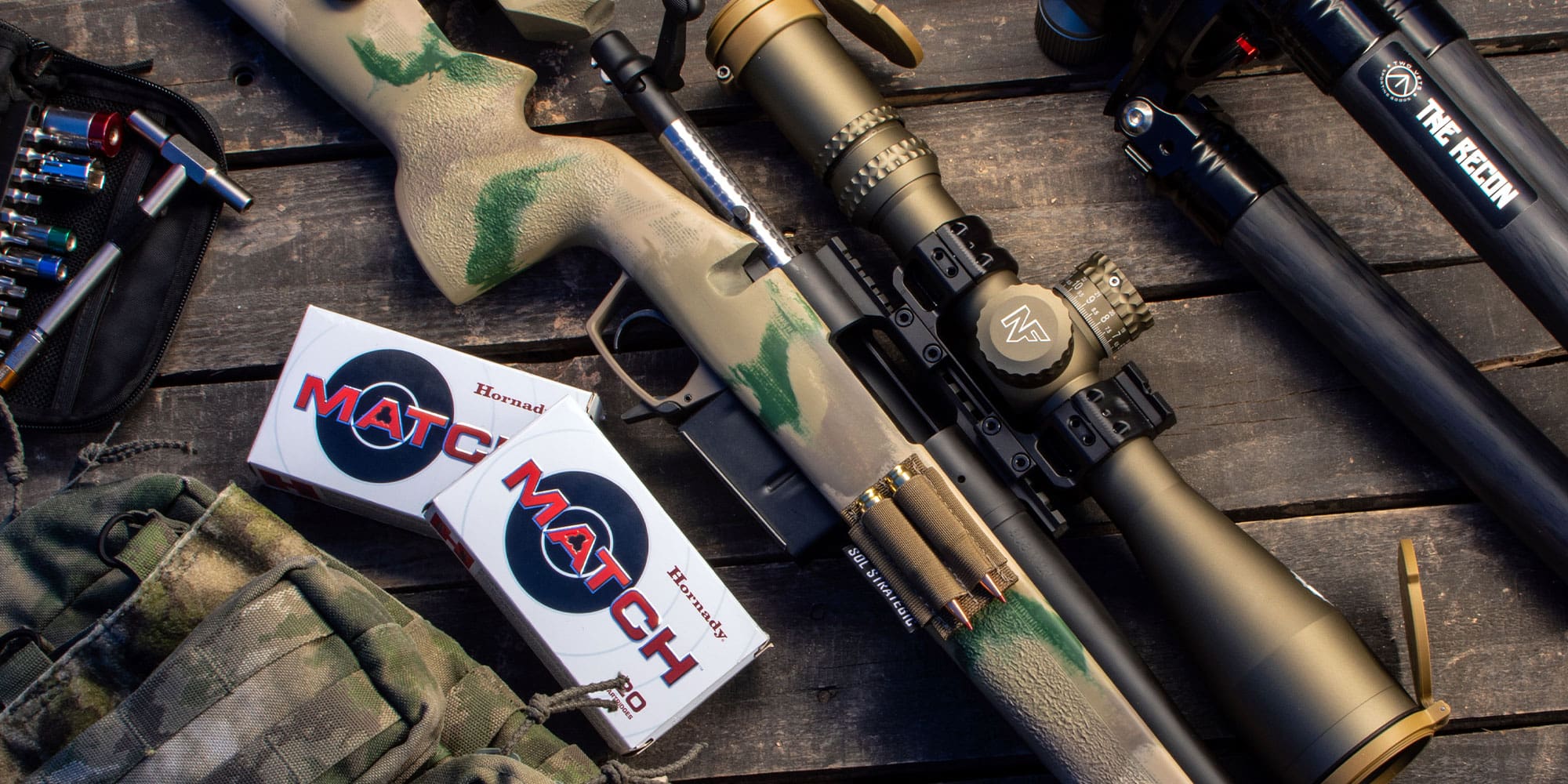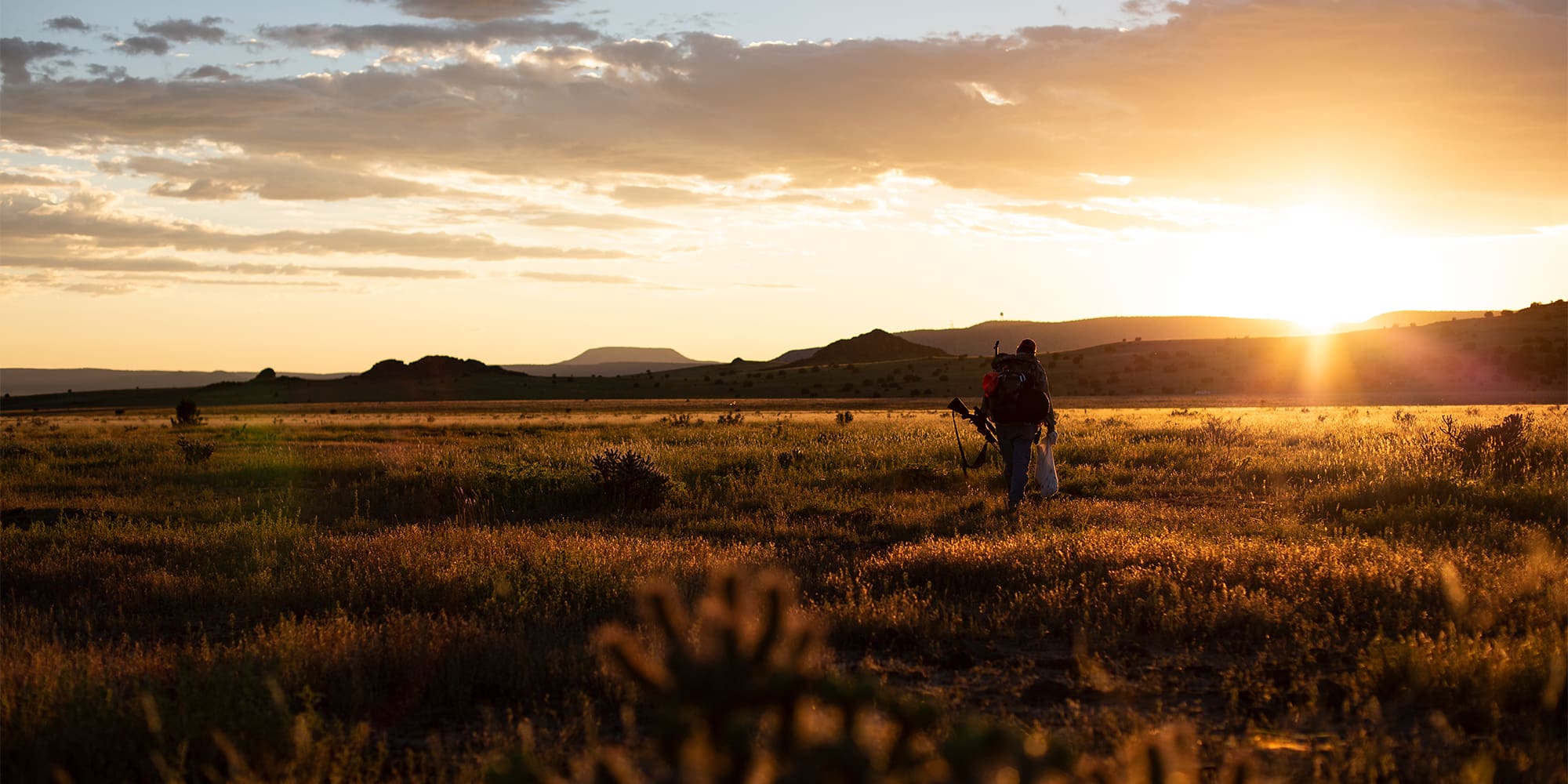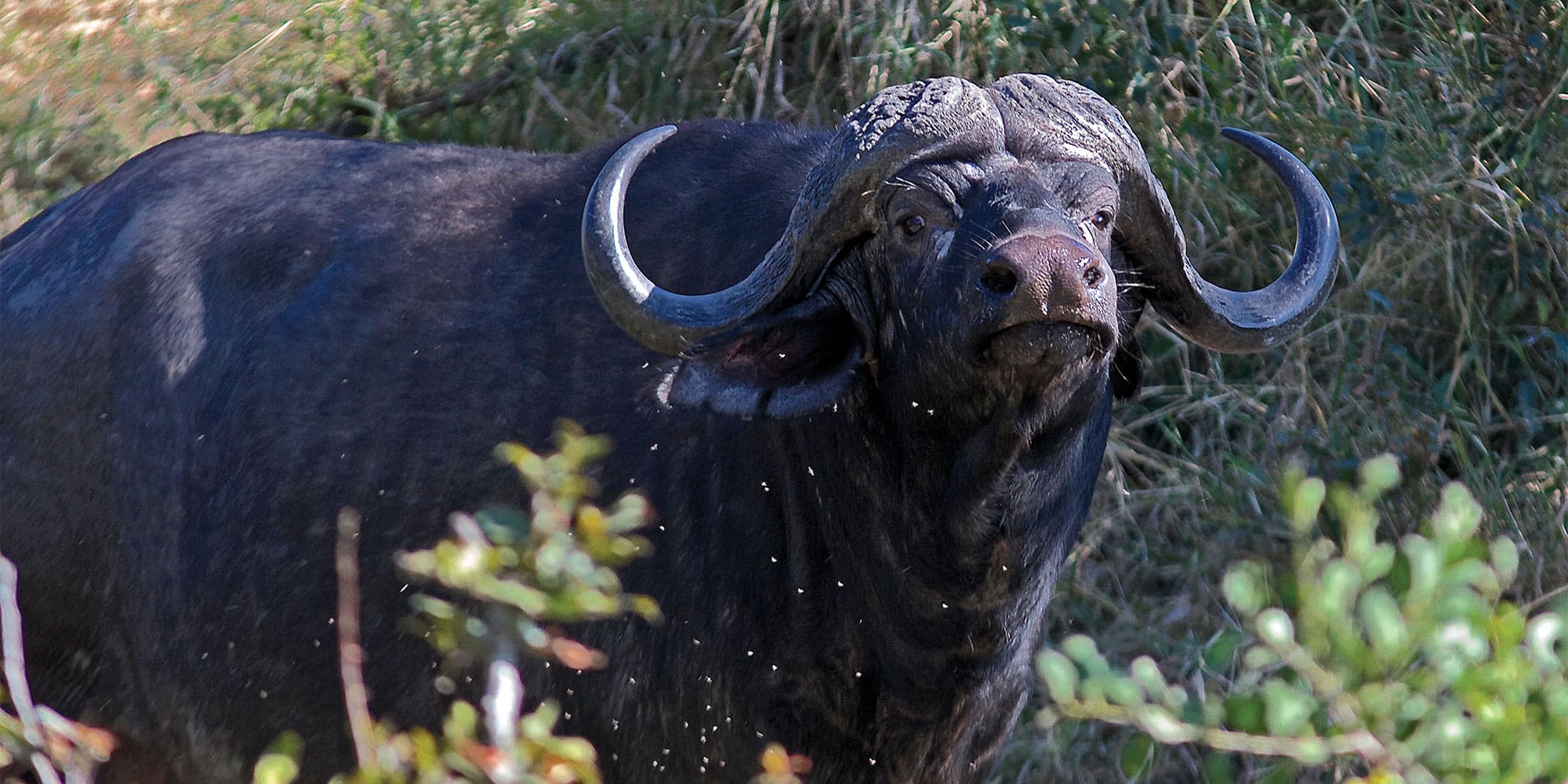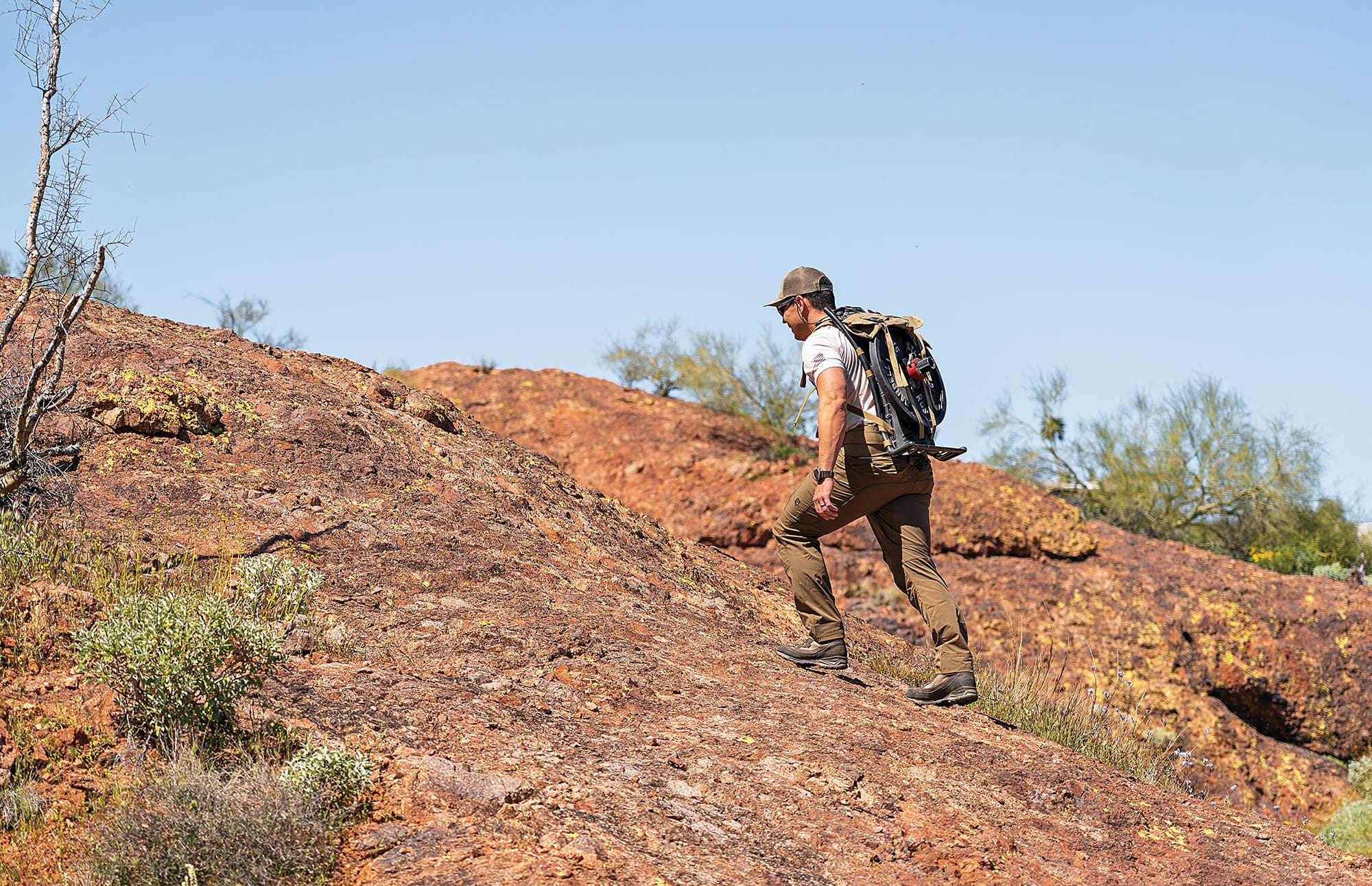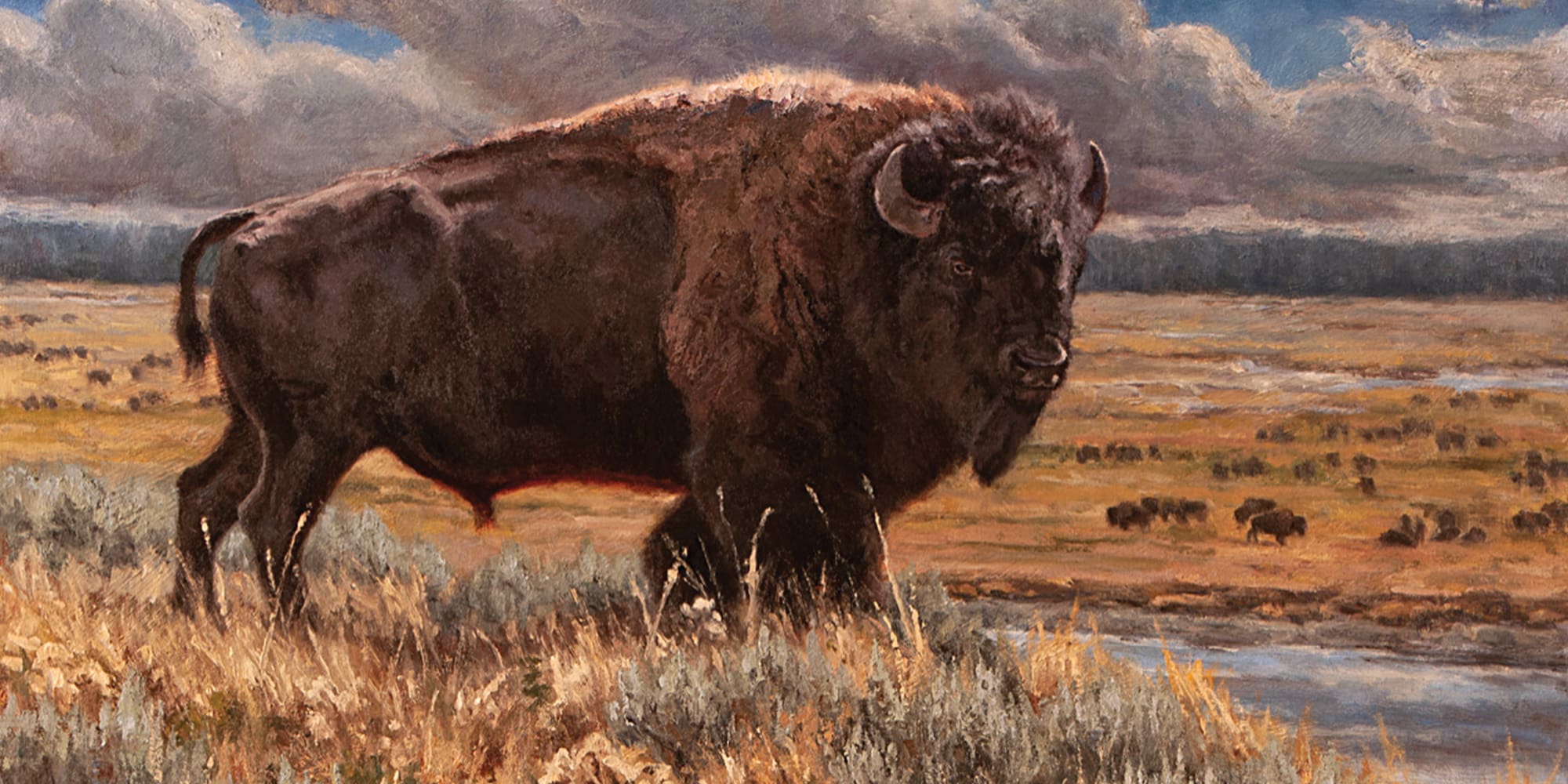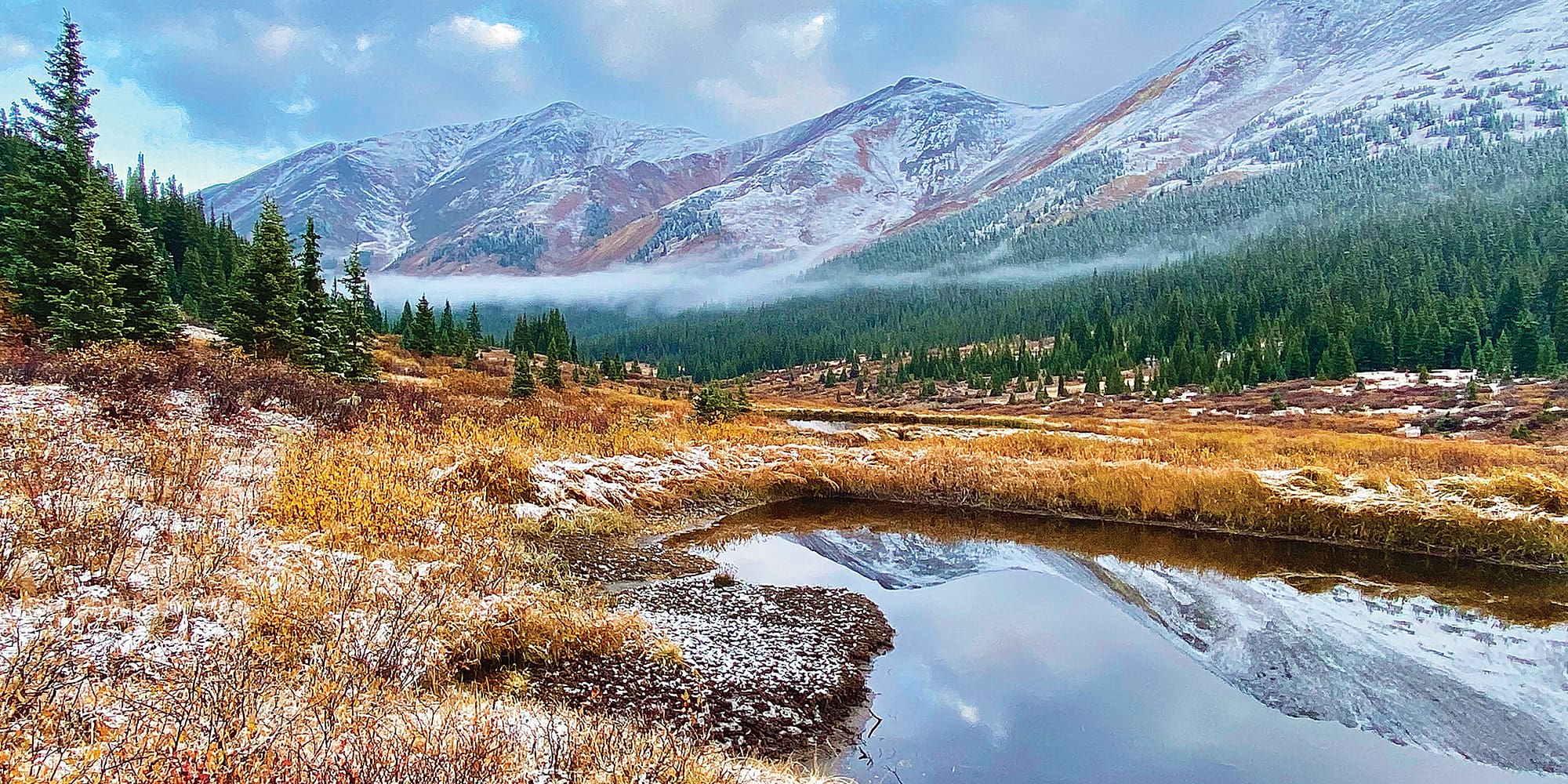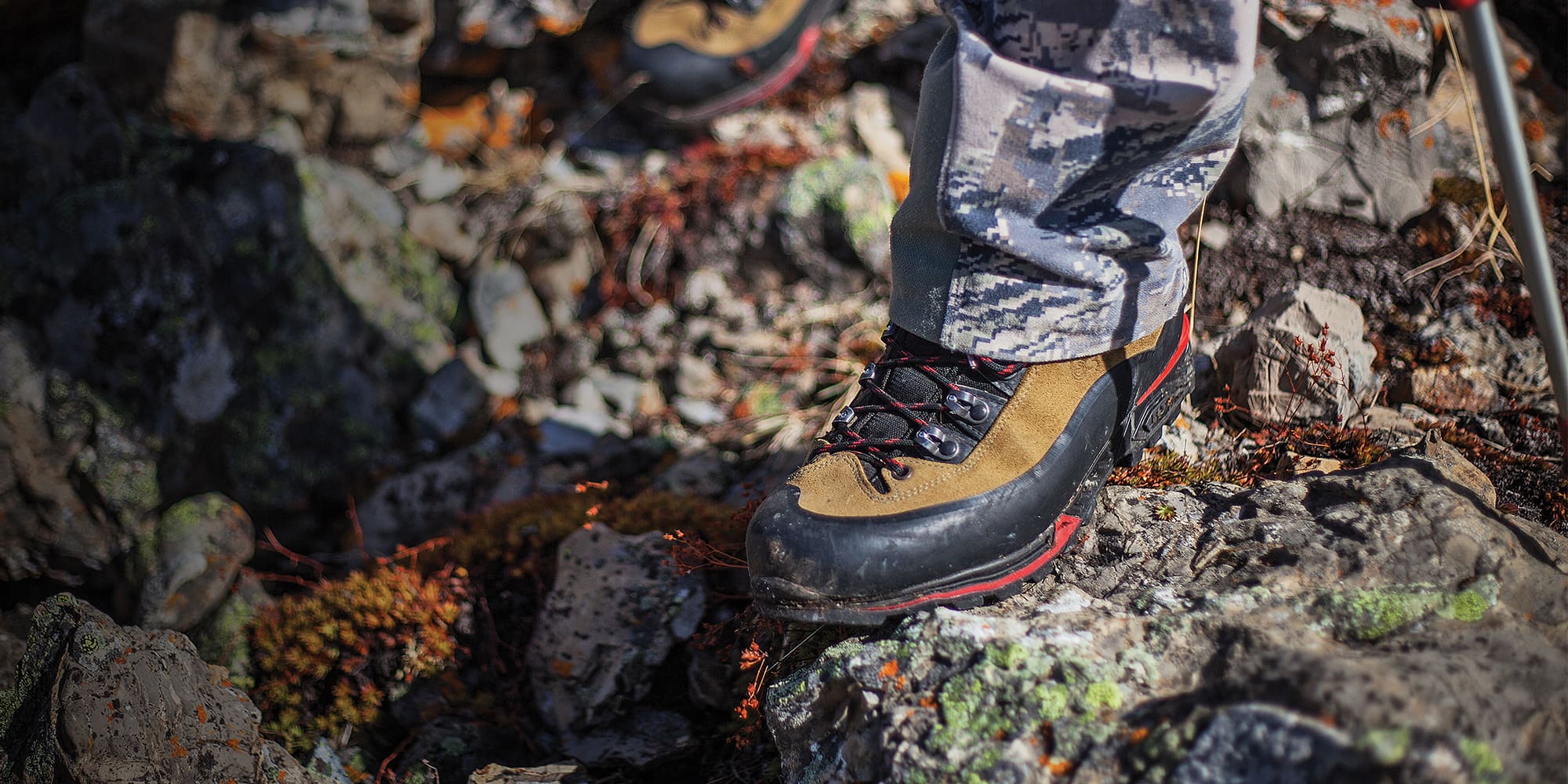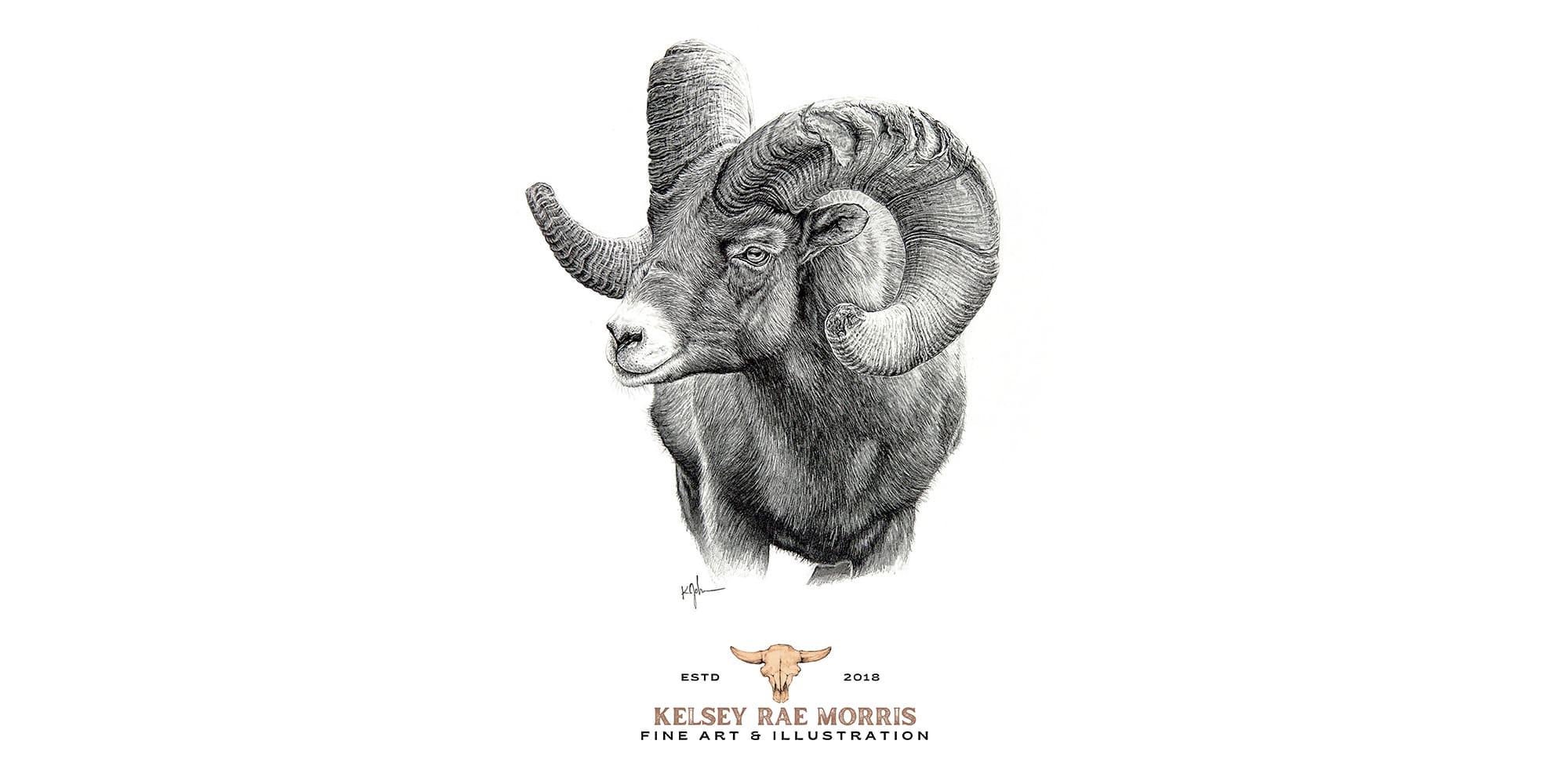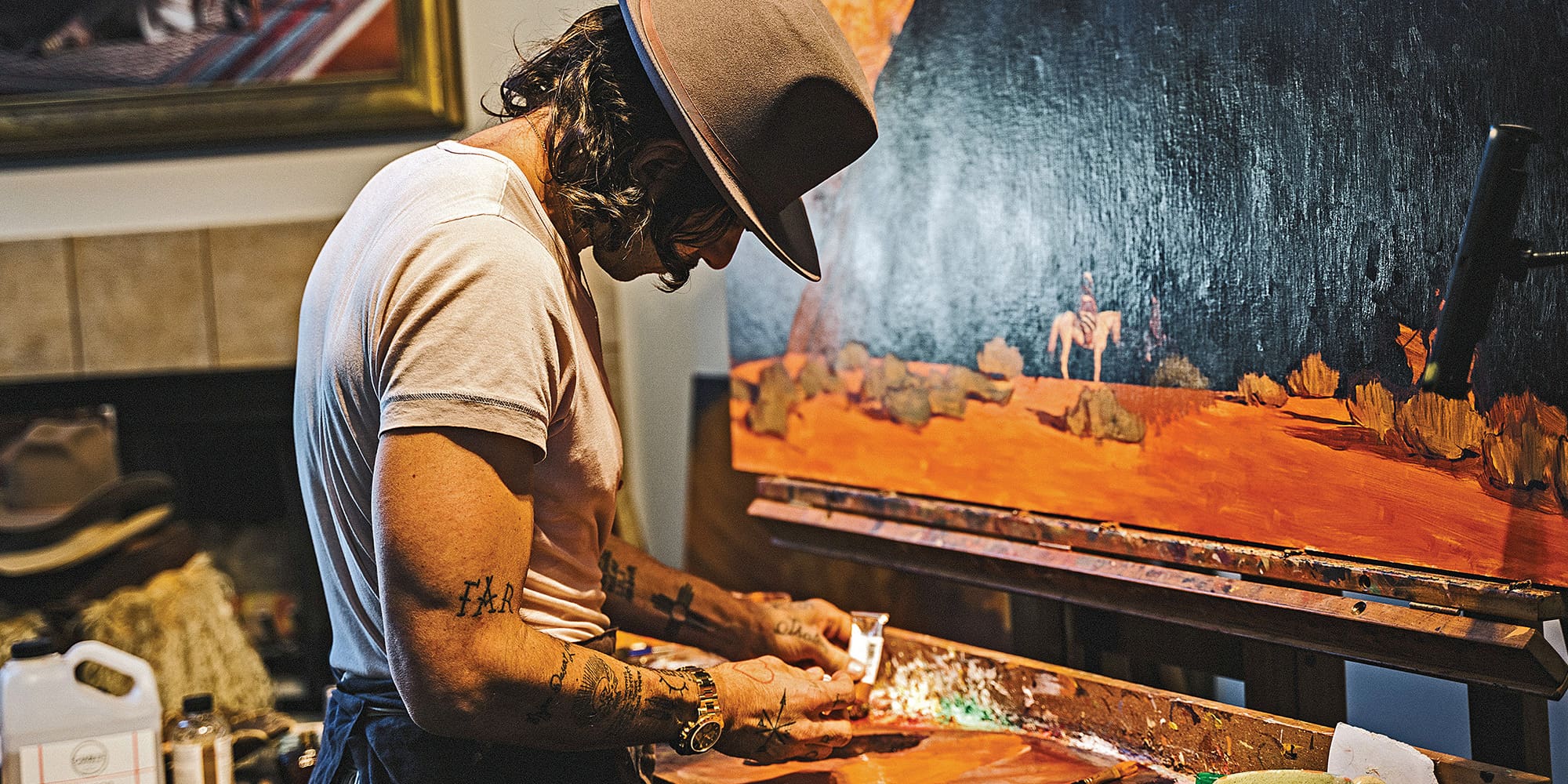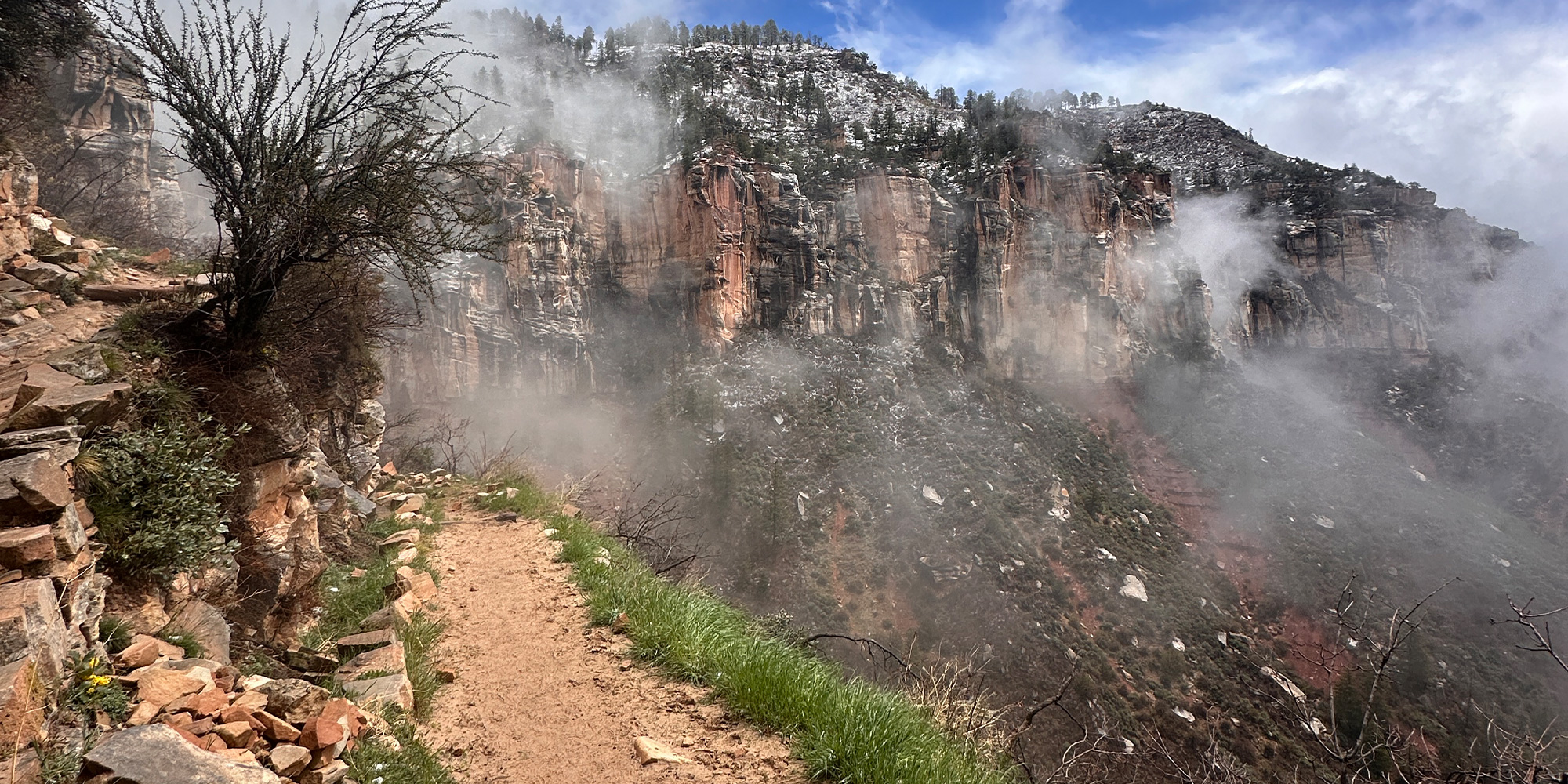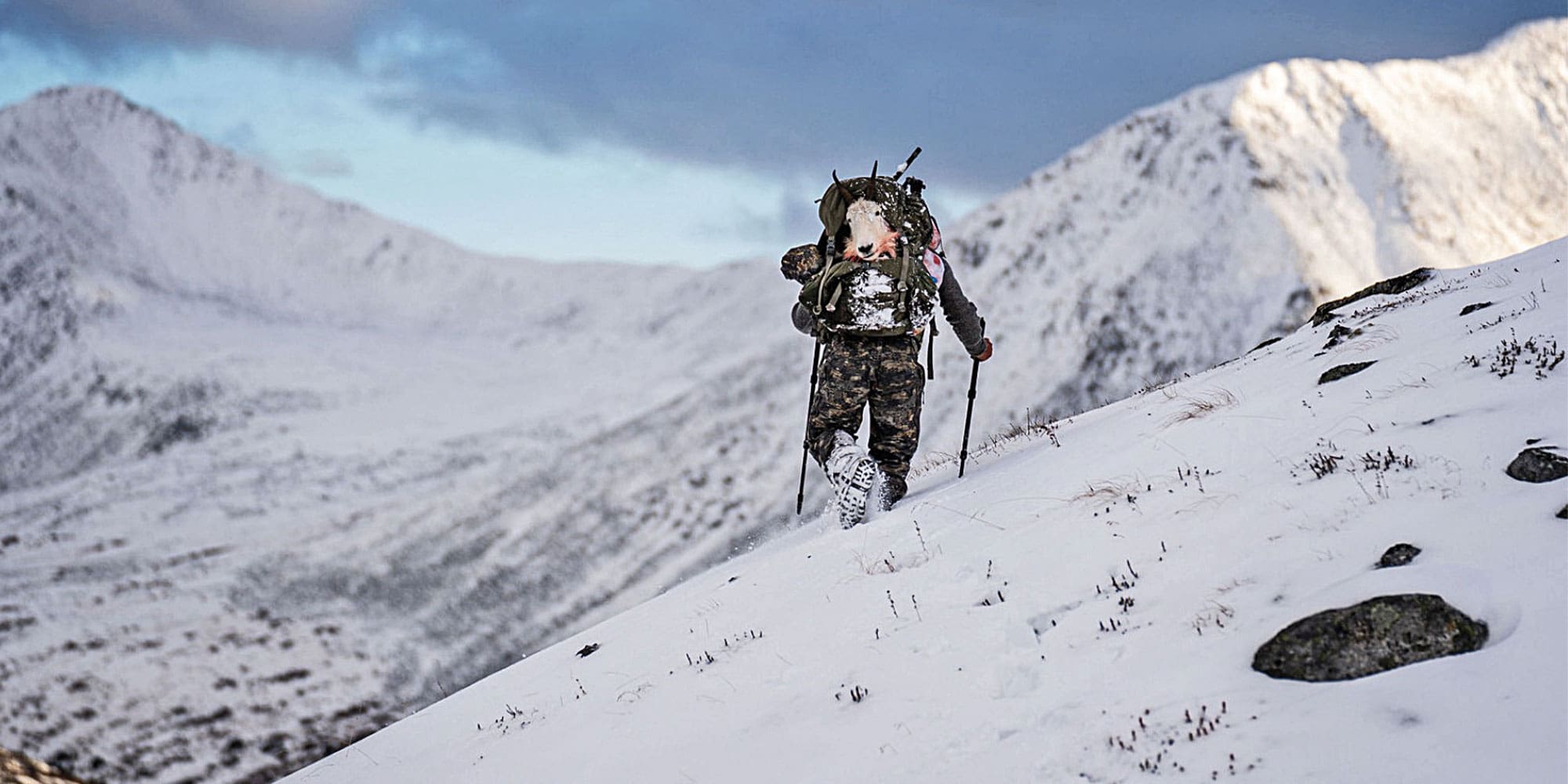
NOTICE: Certain links on this post may earn a commission for Western Hunter Magazine from Amazon or our other affiliate partners when you make a purchase. Thank you for your support.
Maximize Your Squat - Strength and Resilience for Backcountry Athletes
In the realm of strength training, few exercises hold as much importance and reverence as the squat. Whether you’re an athlete, a fitness enthusiast, or someone seeking to pack you and your buddy's sheep off the mountain with a smile on your face, mastering the squat should be a cornerstone of your training regimen. The squat not only targets a plethora of muscles in the lower body but also offers numerous benefits beyond sheer muscle mass. With each squat, you’re building resilience, stability, and power, ensuring your knees stand strong against whatever challenges come your way.
In this article, I will share my insights from my many years of training and education from the best in the industry in regards to squatting and how it translates to the backcountry. We will focus on the three rules for squatting, proper bracing techniques, and a few examples of squat variations. Let’s explore the vital role of squatting in building leg strength and unlocking its full potential.
First, let’s have a little tête-à-tête about squatting. This can be just between us if you’re one of those who don’t think it’s useful.
Sold on Squats
Squats will improve your balance. Ever felt like you’re the one who is always slipping and falling in the backcountry? Or do you embarrassingly get down on your hands and knees on a wide mountain ledge like you were tiptoeing on a tightrope, one misstep away from disaster? It’s time to restore that balance. Squats aren’t just about pumping iron; they’re about harmonizing your muscle groups to keep your knees steady and surefooted. Strength is the precursor to balance; don’t ever forget that. By engaging multiple muscles simultaneously, squats banish those pesky imbalances, paving the way for smooth, injury-free movement.
Life’s an obstacle course, throwing twists, turns, and bends at you when you least expect it. That’s where squats come in – they’re your secret weapon for staying nimble and agile. By taking your knees, hips, and ankles through a full range of motion, squats keep them limber and ready for anything life throws your way. Say goodbye to stiffness and hello to effortless mobility. If you always just hike with a pack and use only a few degrees of knee range of motion (ROM), then when you have to go down to one knee or make a big step up, you haven’t trained that ROM and it can lead to disastrous results.
Train full range in your squats and have healthy knees that can handle anything. If you are saying to yourself “But Wardo, I heard that squats are bad for your knees! They break down the cartilage!” The fact is that couldn’t be further from the truth. Research suggests that squats can actually boost cartilage health by stimulating its production. Think of squats as a spa day for your knees, pampering them with nutrients and support to keep them cushioned and protected.
Okay, so we have had some color commentary. Now, it’s time to get technical.
The key rules for squatting are legitimately the only things that matter when squatting, if anyone tells you differently, smack them in the mouth and tell them to come talk to me. In the realm of squatting, adherence to these three fundamental rules ensures optimal performance and injury prevention.
Rule 1: Maintain the “foot tripod.”
Distribute weight evenly across the heel, big toe, and pinky toe. This fosters stability and balance throughout the movement.
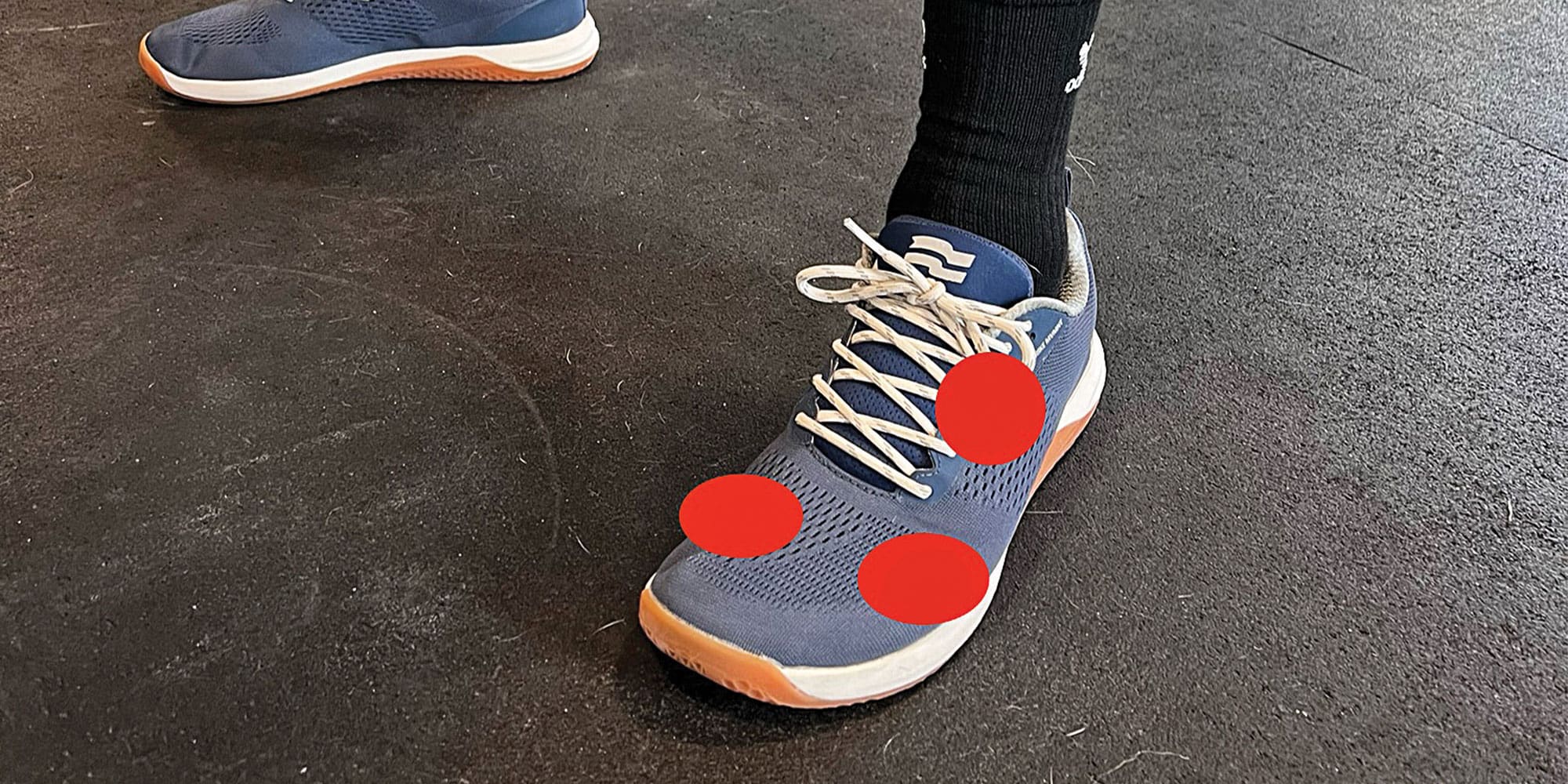
Rule 2: Keep the ribcage and pelvis neutral.
This preserves spinal alignment, reducing the risk of injury to the back.
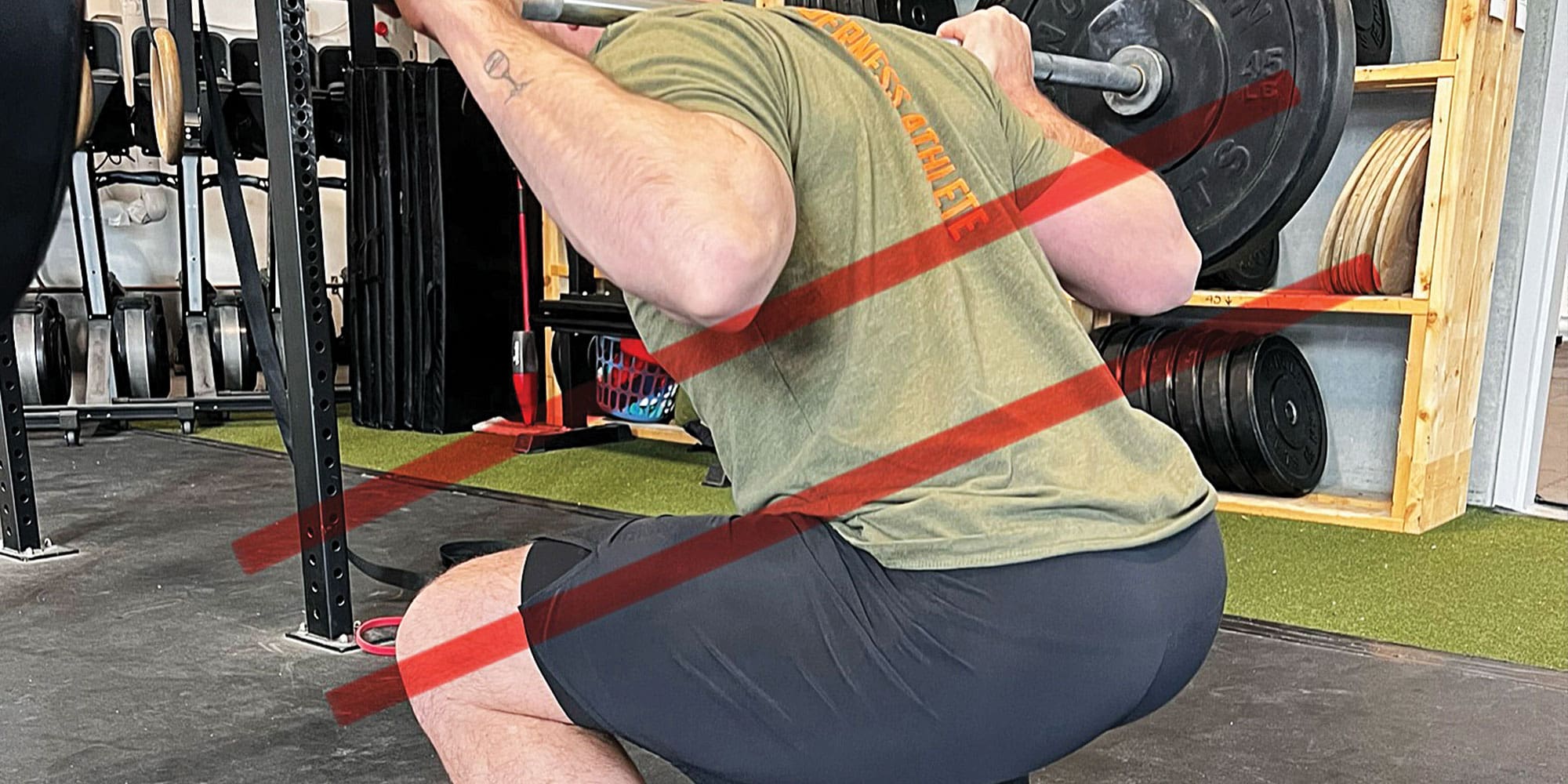
Rule 3: Center the body’s mass directly over the middle of the foot.
This enhances control and power, facilitating a smooth and efficient squatting motion. Together, these principles form the cornerstone of safe and effective squat execution, empowering individuals to reap the full benefits of this essential exercise.
Foot Positioning
Maintain a shoulder-width stance with toes slightly turned outward for optimal hip and knee alignment. To dig a little deeper, no two persons' hips are equal on this planet. Where the hip attaches to the socket can be formed differently from one person to another and even from one side to another. So, don’t let anyone tell you this is the EXACT foot position needed to squat. There isn’t one. The perfect squat follows the three rules I have listed above, and that’s it.
Hip Mobility
Prioritize mobility exercises to ensure adequate depth and range of motion, reducing injury risks. The hip is a very mobile joint, and while I don't need someone to squat 400 lb with their glutes touching the floor, I do need people to possess the correct amount of mobility to sit in the bottom of a squat for 4-5 minutes without much effort. You also should strive to have as equal mobility between both hips as possible. For instance, my right hip always gets more tight than my left hip due to a previous injury, and because of this I constantly work on it. If I let it get out of hand, my squat gets all wonky and that can lead to injury and poor squatting performance.
Spinal Alignment
Keep the spine neutral throughout the movement to evenly distribute load and prevent injury. I mean, do we need to say much more than this? Remember this phrase “Where the spine starts it should finish.” Now, it can move a little, it just shouldn’t move suddenly or a lot through the squat.
Breathing and Bracing
Inhale deeply before descending, engaging core muscles to create intra-abdominal pressure for enhanced stability. This needs a whole section to chat about. Well, it needs a whole article…which may be coming down the pipe.
Enhancing Stability
Effective bracing involves tightening the muscles around the spine to establish a stable foundation, reducing injury risks and enhancing performance.
Intra-Abdominal Pressure
Inhale deeply to fill the abdomen with air, increasing pressure and spinal support. Think about inhaling in a 360-degree circle as if a belt was around your lower stomach and you were breathing into the entire surface that’s touching you.
Core Engagement
Activate core muscles. What are your core muscles? Everything in your torso from the deepest stabilizers against your spine to the obliques on the outsides. This maintains stability. You should feel everything get tight and not suck back in. Never pull your stomach in to get strong.
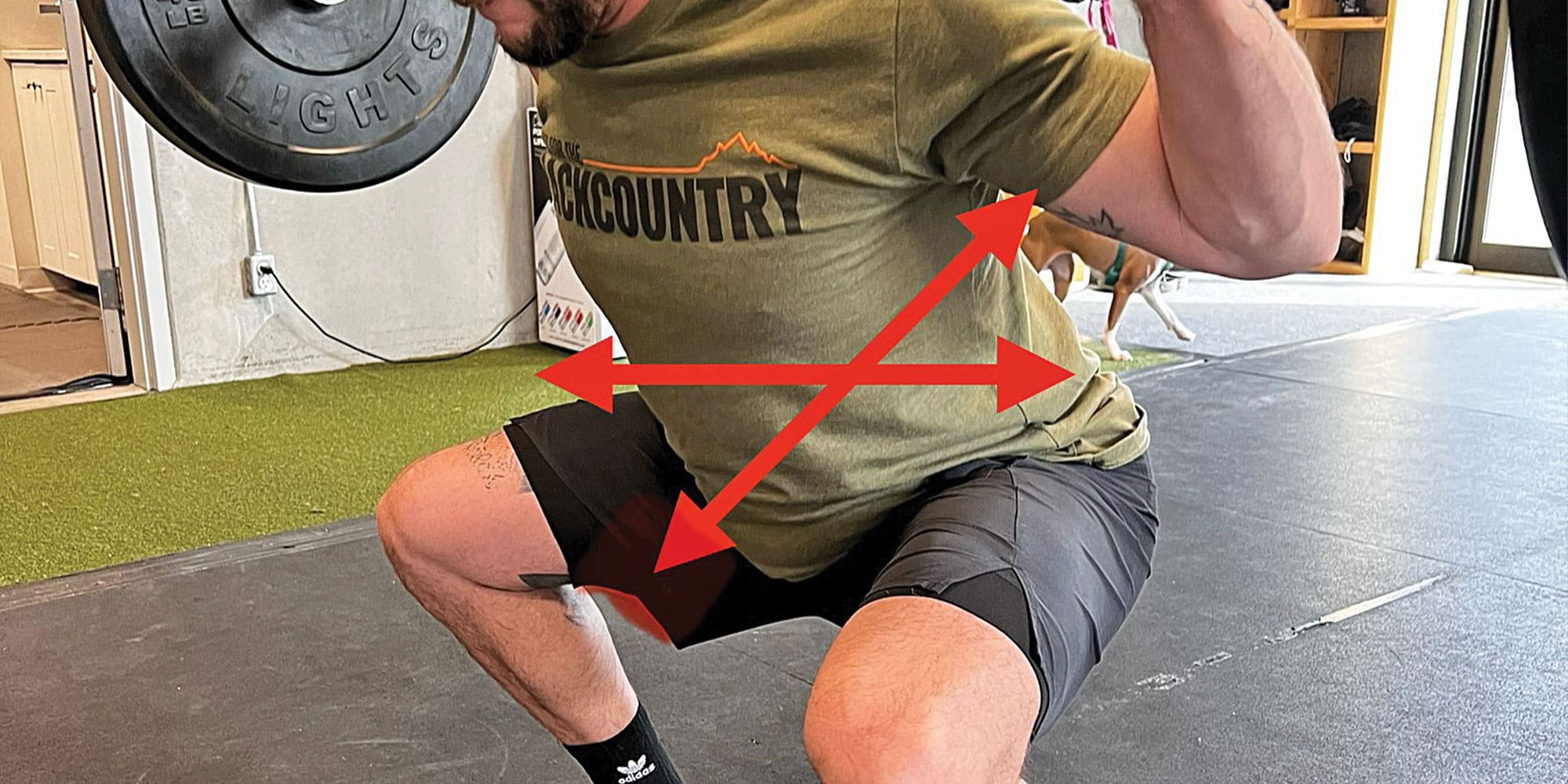
Consistency
Maintain consistent intra-abdominal pressure and core engagement throughout the squatting motion to prevent injury. On the way down and the way up, your brace should stay consistent – there should be no weak spots. The most common weak spot I see that can lead to injury or a weak squat is once you hit depth then start to come back up. Maintain as you go deep into the squat, and then, as you come up, brace hard and push hard through the floor.
Variations and Sets/Reps for Backcountry Athletes
For backcountry athletes, incorporating a variety of squatting movements and variations into their training regimen can provide comprehensive benefits. Here are some examples along with suggested sets and reps.
- Back Squat
- This classic squat variation targets the quadriceps, hamstrings, glutes, and lower back.
- Sets/Reps: 3-4 sets of 3-5 repetitions
- Front Squat
- Placing the barbell in front of the body shifts the emphasis to the quadriceps and core muscles.
- Sets/Reps: 3-4 sets of 8-12 repetitions
- Split Squat
- This unilateral exercise improves balance and stability while targeting each leg individually.
- Sets/Reps: 3-4 sets of 10-12 repetitions per leg
- Bulgarian Split Squat
- This is similar to the split squat, but with the rear foot elevated on a bench or platform, increasing the range of motion.
- Sets/Reps: 3-4 sets of 10-12 repetitions per leg
- Sumo Box Squat
- Performing squats onto a box or bench helps control depth and reinforces proper form. The wide stance also places a lot of emphasis on the hips which leads to stronger squats and more robust performance in dynamic environments.
- Sets/Reps: 3-4 sets of 3-5 repetitions
- Zercher Squats
- This is an amazing movement for mid-back strength and feels very similar to a lot of real-world strength situations. Squeeze that bar hard to your chest, brace hard, and don’t give in to the pain.
- Sets/Reps: 3-4 sets of 6-8 reps
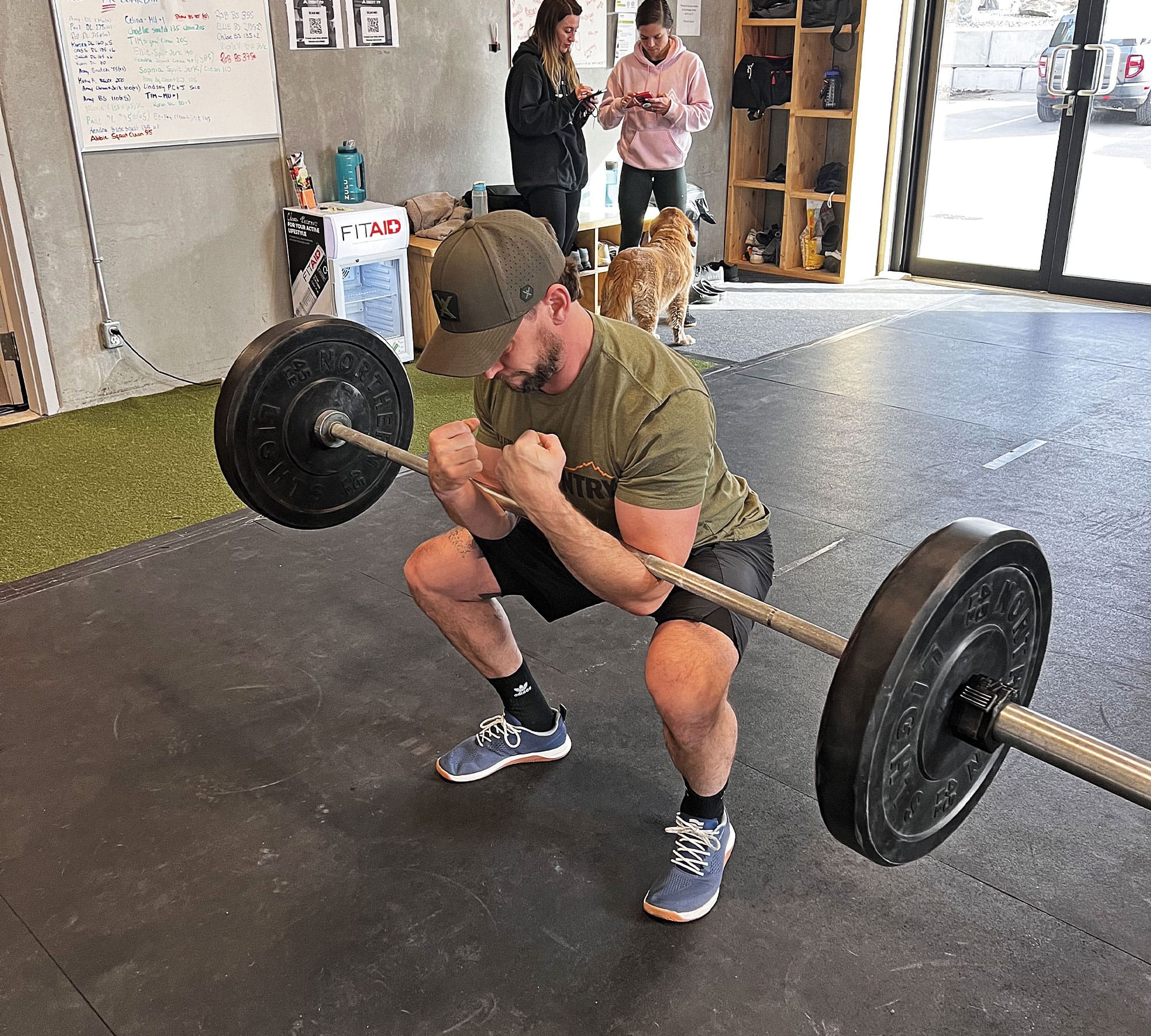
Incorporating a combination of these squat variations, along with appropriate sets and reps, can enhance strength, stability, and endurance – essential qualities for backcountry athletes facing the challenges of rugged terrain and unpredictable conditions.
So there you have it, mountain warriors – squats aren’t just exercises; they’re the keys to unlocking knee nirvana and conquering the world. Squatting stands as an indispensable exercise for backcountry athletes, offering a myriad of benefits that directly translate to success in the wild. By mastering squat mechanics, embracing proper bracing techniques, and integrating a variety of squatting movements and variations into your training regimen, athletes can unlock unparalleled gains in leg strength, resilience, and overall performance. As they navigate the rugged terrain and untamed landscapes of the backcountry, the squat remains an unwavering ally – a testament to the indomitable spirit of those who dare to venture beyond the beaten path.


